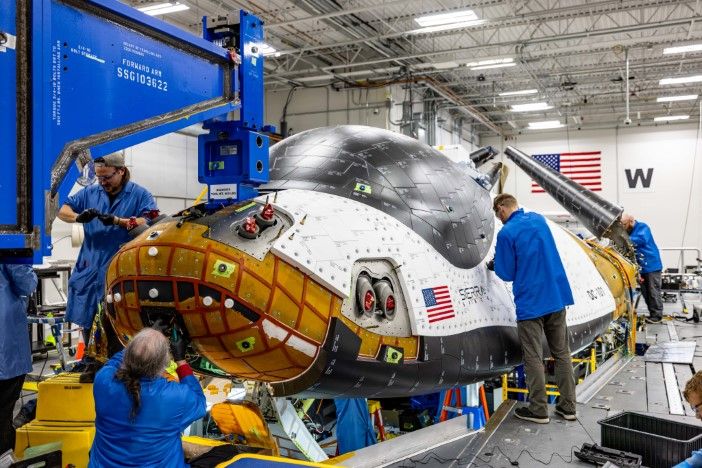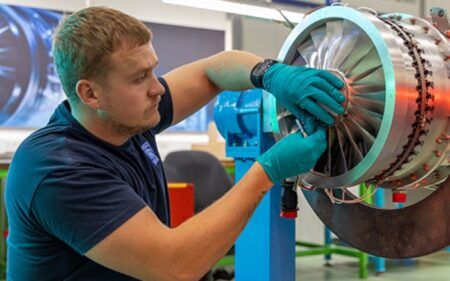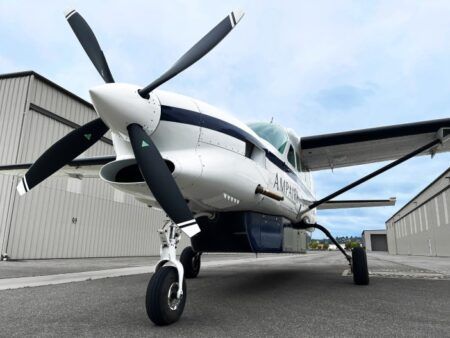A regenerative fuel cell system able to continuously produce oxygen, hydrogen and electricity in space is to be tested onboard the International Space Station.
The project being run by Dream Chaser spacecraft-maker Sierra Space, US-based space engineering firm Tec-Masters and Honda will verify if the Japanese company’s system can function reliably and efficiently in microgravity to continuously produce oxygen, hydrogen, and electricity. The system could also one day be used on the Moon.
The regenerative fuel cell system, also known as a circulative renewable energy system uses Honda’s high-differential pressure water electrolysis system. The renewable fuel cell system is part of the company’s vision to provide advanced energy storage capable of supporting human life on the lunar surface (see video above).
The Dream Chaser spaceplane will transport the system and materials to the International Space Station (ISS). Sierra Space will also be the mission manager, working with Honda and the Center for the Advancement of Science in Space (CASIS) and NASA.

Tec-Masters will be the technical payload integrator, providing its experience in ISS payload integration and certification. Sierra Space’s first Dream Chaser spaceplane, Tenacity, is undergoing final testing at NASA’s Kennedy Space Center in preparation for its first mission to the ISS under NASA’s Commercial Resupply Service 2 (CRS-2) contract.
Sierra Space the technology has the potential to revolutionize energy storage and utilization, not just in space but also as a scalable, renewable solution on Earth.
Ken Shields, senior director of business development at Sierra Space said, “The future of innovation in space is not only commercialization, but teaming arrangements between like-minded companies to advance technology we never thought imaginable in previous decades.
“As we prepare for our first Dream Chaser mission to the International Space Station, this new collaboration with Honda and Tec-Masters is an additional proof point to the varied applications of our spaceplane to provide commercial transport to the space station and beyond.”




